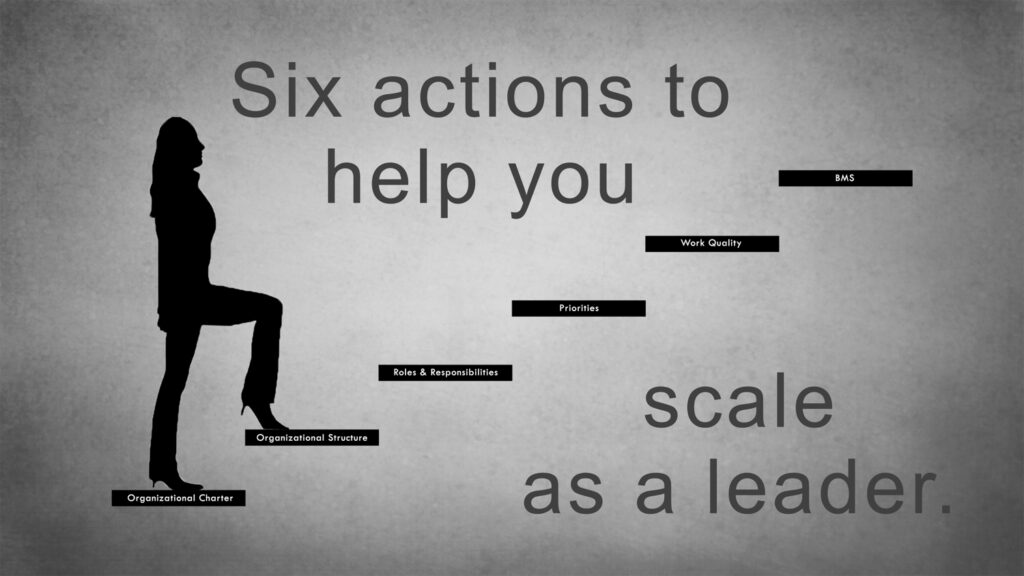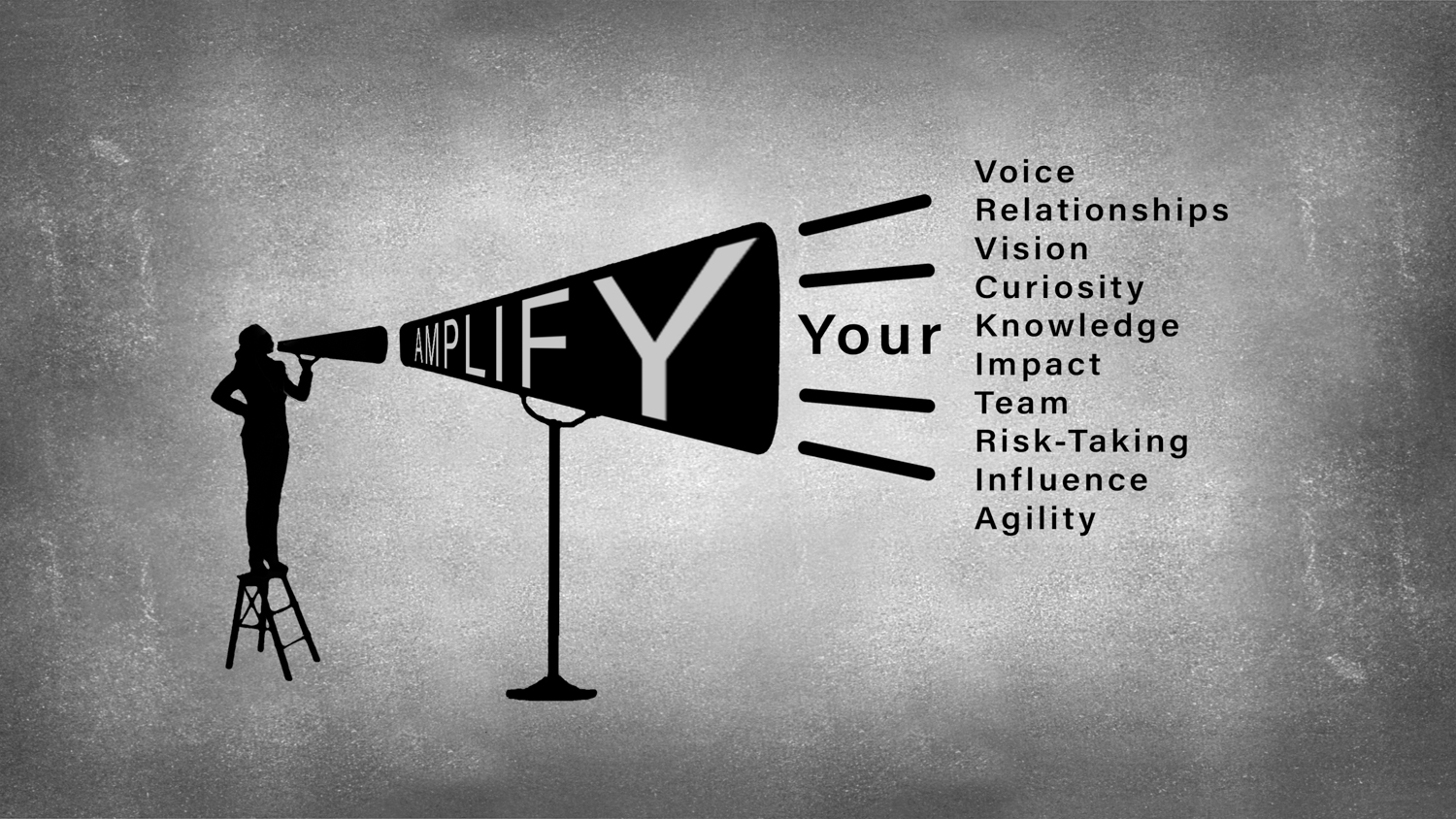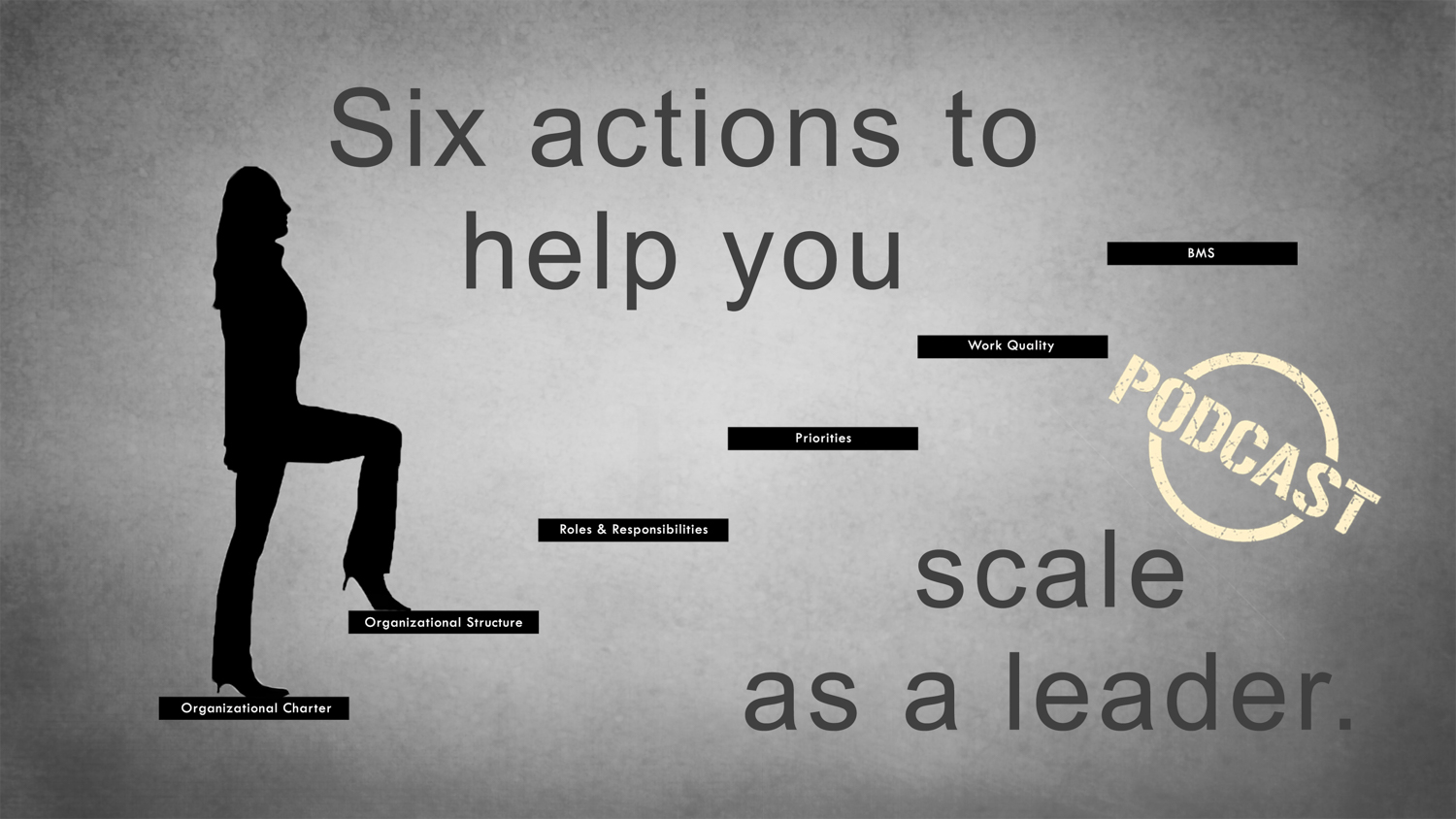My article Six Actions To Help You Scale As A Leader first appeared in a Forbes Coaches Council post on January 24th, 2023.
The sitcom I Love Lucy with Lucille Ball and Desi Arnaz aired on CBS in the 1950s. In the stereotypical episode titled “Job Switching,” Lucy and her friend Ethel argued with their husbands about what was harder, going to work every day or doing housework. To prove their points, they traded roles. The ladies went to work at a chocolate factory while the men stayed home to do the housework. In one of the scenes, Lucy and Ethel were tasked to place chocolates coming down the conveyer belt into wrappers. They were warned by the manager that if any chocolates went unwrapped, they would be fired. Soon, they found themselves overwhelmed by the task and began eating the chocolates to keep up. They both became ill as a result.

When coaching leaders on how to scale, I often use this episode as an analogy. The inability of leaders to keep up often results in long hours, feeling overwhelmed, and being unable to scale. In many cases, failure ensues. If you find yourself in this situation, all is not lost. Here are six actions you can focus on to scale in your role.
Define your organizational charter.
Defining and adhering to your organizational charter sets the stage for the rest of the scaling components. Think of this as your conveyer belt. If you are accepting work that does not belong in your area, then you and your team may not be able to keep up.
To scale, evaluate new opportunities by consulting with your team, and develop the ability to say no to requests that fall outside of your charter.
Create an effective organizational structure.
One organizational design rule is to create an organizational structure to effectively execute against the organization’s charter. Some leaders build an organization around people and, although this might work short-term, it is unlikely to be effective long-term.
To scale, create an optimized structure and hire or develop the best, most experienced talent for the roles defined by your charter. Create formal development plans for each team member and make calls early on low-performing individuals.
Assign clear roles and responsibilities.
Once the right organizational structure is in place, it is important to assign clear roles and responsibilities to the team and to implement effective accountability systems.
To scale, build the right feedback mechanisms to provide your team with constructive feedback necessary to adjust. In addition, make sure your own role is clearly defined and adopt proven delegation techniques.
Communicate priorities.
It is important for leaders to be clear on the organization’s mission and to maintain alignment on the goals by communicating the priorities to the team.
To scale, identify ineffective activities by scoring each of the organization’s tasks for effort and impact or business benefit. Effort can be defined as time or financial cost. Benefits should include the impact it has on your company and your customers. Follow this method to determine which activities to focus on based on their return. Forgo activities that deliver minimal impact.
Set reasonable work quality expectations.
Setting reasonable expectations is another key action to scale as a leader. This is where overachievement can sometimes get in the way of team effectiveness. The aphorism “Don’t let perfect be the enemy of good” applies in this case.
To scale, set reasonable expectations for deliverables, otherwise, you may ask your team for low-impact work and that time could be used for higher-value activities. Ask yourself if you are overengineering this task, and if you are, identify what the expectation is and then meet that goal.
Create an effective business management system.
The final key component of leadership scaling and effectively leading an organization is an effective business management system (BMS). This system is an operating model composed of processes and tools that helps the organization achieve its objectives through planned periodic activities. Be aware that these systems can be easily overengineered.
To scale, develop a BMS that is right for you and your organization. Consider how you will plan, execute and review financial, operational, performance, talent, and strategic components and who should be included in these meetings.
Scaling as a leader is paramount to effective leadership. Following a tried-and-true scaling model can increase your likelihood of success. Evaluate your leadership effectiveness in each of these six areas and focus your development efforts on the low-scoring areas.
I hope this article was helpful and that you will be able to use these six actions to scale as a leader. Drop me a note in the comment section below or through the Contact Me page if you have any questions.
Thanks,

© T. Kahler Coaching, LLC, All Rights Reserved.


